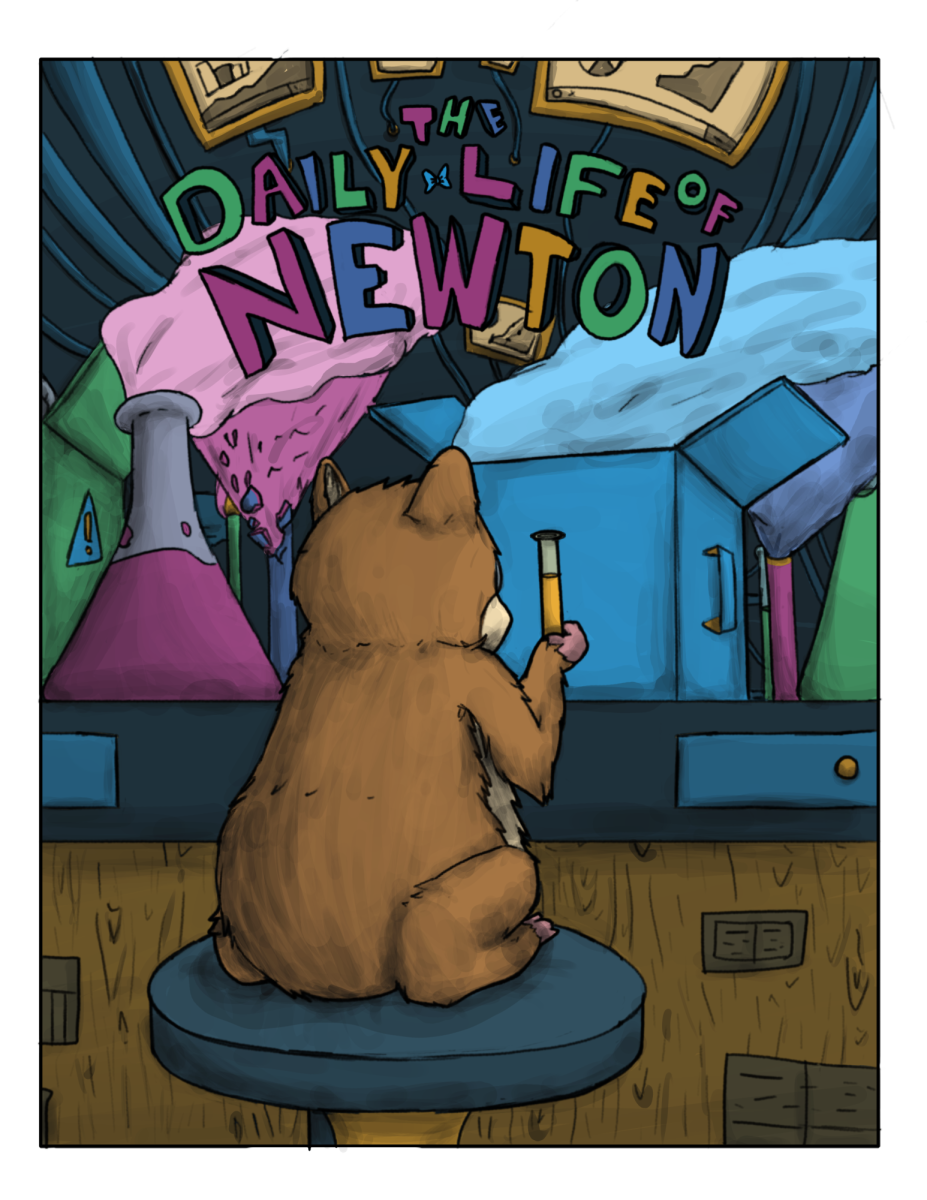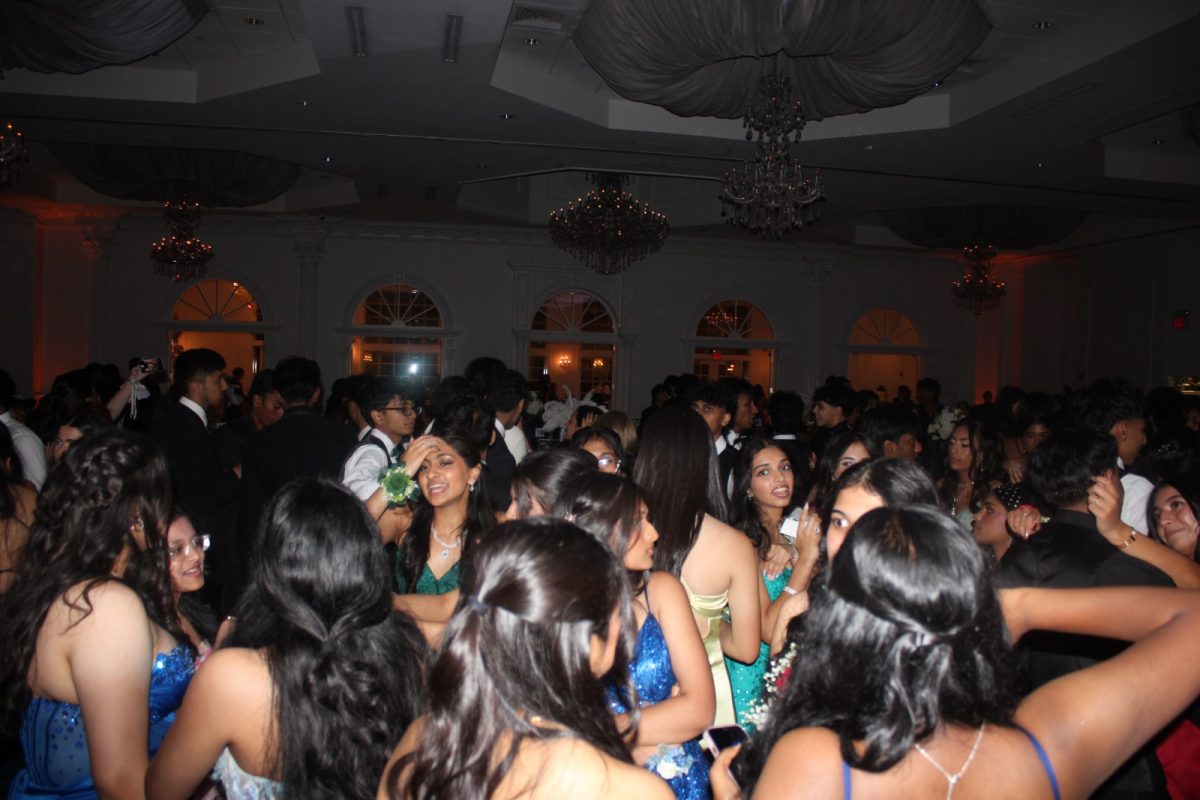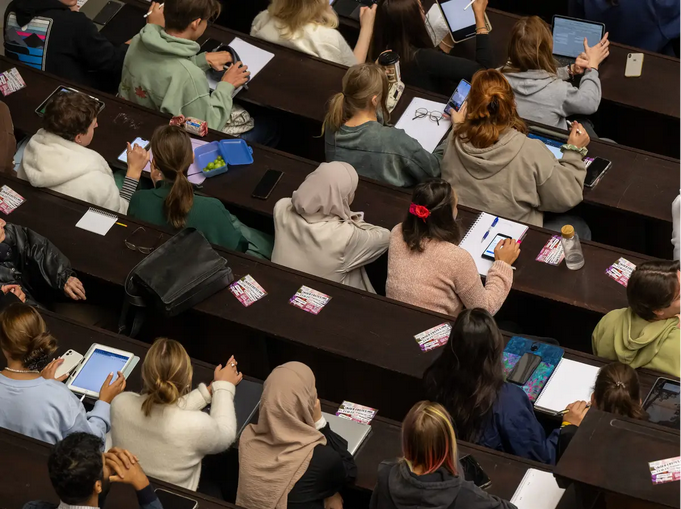How do you like your coffee? Hot? Cold? Or with a side of political activism? When we think of boycotting in recent times, most of us imagine the two-tailed sirens of the famous coffee shop, Starbucks. Starbucks had lost over 11 billion dollars because of their perceived support for Israel in the Israel-Hamas conflict, and their disputes with Starbucks union laborers. This company has joined the list of many other companies that people have begun to boycott. Charles Stewart Parnell popularized the term boycott during the Irish land agitation of 1880, a series of protests by Irish tenants due to high rents and land evictions. At its essence, boycotting is the collective ostracization of a certain group or product for political or economic reasons. Famous boycotts in history include the Montgomery bus boycotts of the civil rights movement which hoped to gain more political mobility for Black Americans, or the Olympic Games boycotts of the 1980s to protest the Soviet Union’s invasion of Afghanistan. However, the problem with boycotts is that they are not very effective, not because of the political opinions on either side, or the way boycotts are carried out, but rather because of the fundamental economics behind boycotting.
Boycotts are driven by a desire to put financial pressure on companies. But as IPR associate Brayden Kings explains, “the typical boycott doesn’t have much impact on sales revenue.” The nature of consumers causes this result. People who claim they are boycotting a certain product may still buy it, or the protestors may not be the target consumer audience of the company, meaning sales revenue does not change. For example, PETA activists who are against animal abuse may boycott KFC, but most people may have not even heard of this boycott and continue to buy KFC because they are not aligned with PETA. The effectiveness of boycotts is proportional to their media coverage and according to The Institute for Policy Research, “the no. 1 predictor of what makes a boycott effective is how much media attention it creates, not how many people sign onto a petition or how many consumers it mobilizes.” We have seen this trend in many of the companies that people boycott today such as Starbucks, Chick-fil-A, McDonalds, Disney, and Shein. All of these boycotts have come to light because of the compelling story they tell to the media about the underlying problems within a company. Still, even if a boycott gains strong attention, people cannot boycott goods forever; issues can only be in the media for so long, meaning that boycotts become less effective with time.
This brings us to boycotts today and how a lack of information and selective media coverage plays a role. Almost forty-five conflicts are occurring in the Middle East currently, but mainstream media predominantly focuses on the Israel-Hamas conflict. In Africa and Asia combined there are over fifty-six military conflicts, yet many of these receive little to no attention. This selective focus leads to short-lived boycotts and often fails to address the broader context or send the right message to people. It also leads to people blindly following a train of someone else’s opinions without truly understanding the conflict for themselves. With the rampant misinformation on many news issues, some people might also be swept into this trend of boycotting and that is where it becomes problematic.
This is not to say that boycotts are entirely ineffective; people should be allowed to express their views and choose what they want to purchase. But, in many of these cases, the workers at boycotted companies are the ones that are hurt. Starbucks has been forced to lay off many of its employees due to lost money, and labor unions have begun going on strike and demanding higher wages. Protestors who wish to help raise awareness about certain issues unknowingly hurt others at the same time. Hurting a country’s employees amounts to hurting a country’s economy.
Finally, even if a boycott reaches the media and some sales are lost, many large companies will not change their practices and beliefs because they own or have stakes in other companies. Furthermore, these large companies only have a small percentage of the population boycotting their goods, this does not lead to a significant loss in sales making them unlikely to change their practices. For example, Amazon, a multinational and multi-trillion dollar company, is coming under fire for tax avoidance, monopolistic business practices, and mistreatment of workers. Yet, many do not even know about the boycott against Amazon and will not stop purchasing products from this company because of its large global influence. Even if Amazon loses some sales from boycotts, it will not change. If boycotts are meant to usher in change, we must make them more effective.
Boycotting should not be the only tool in our arsenal for political change. Instead, our biggest tool should be bringing awareness to the truth about issues and providing people with reliable sources that let them form an opinion of their own.






































